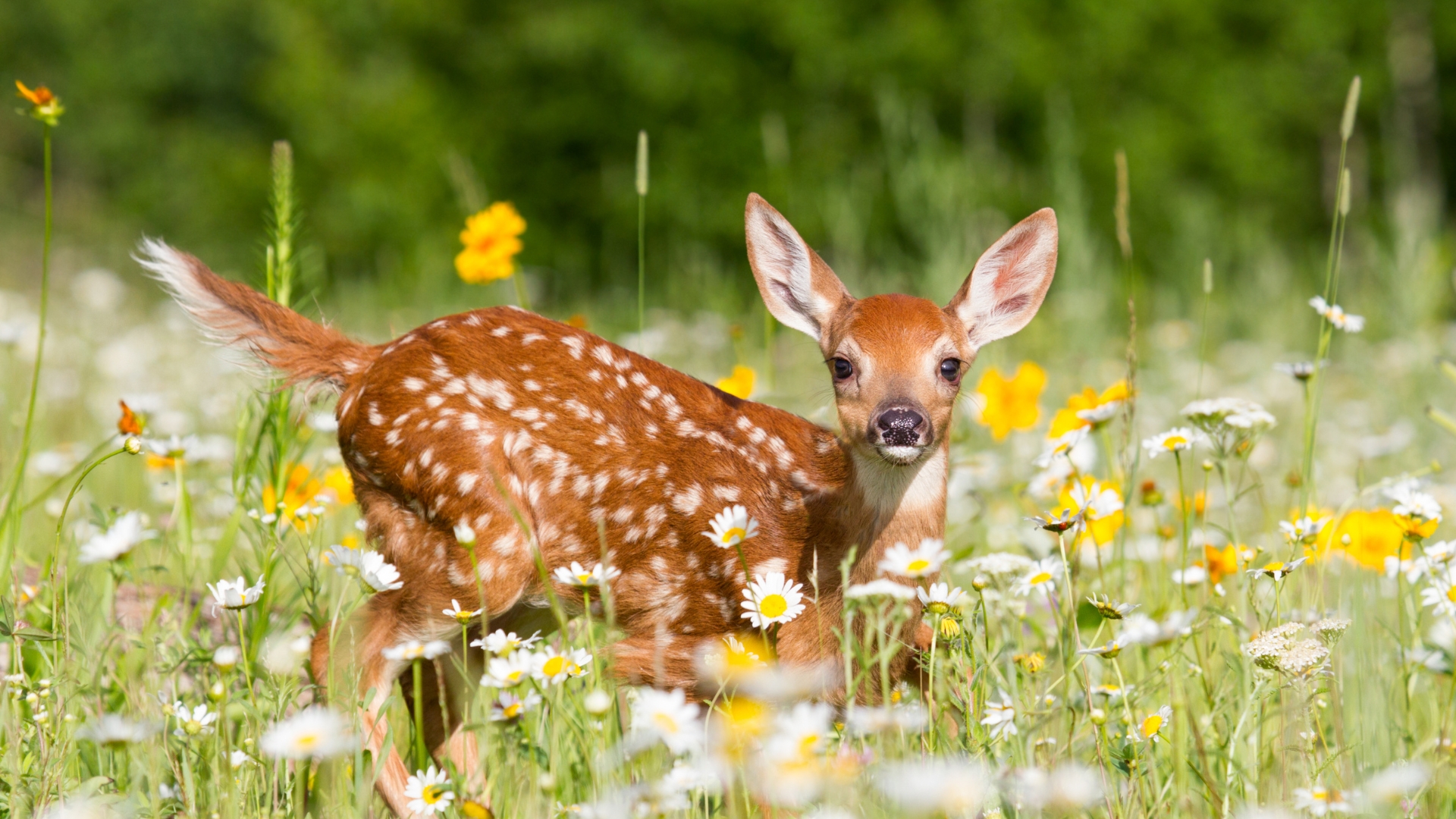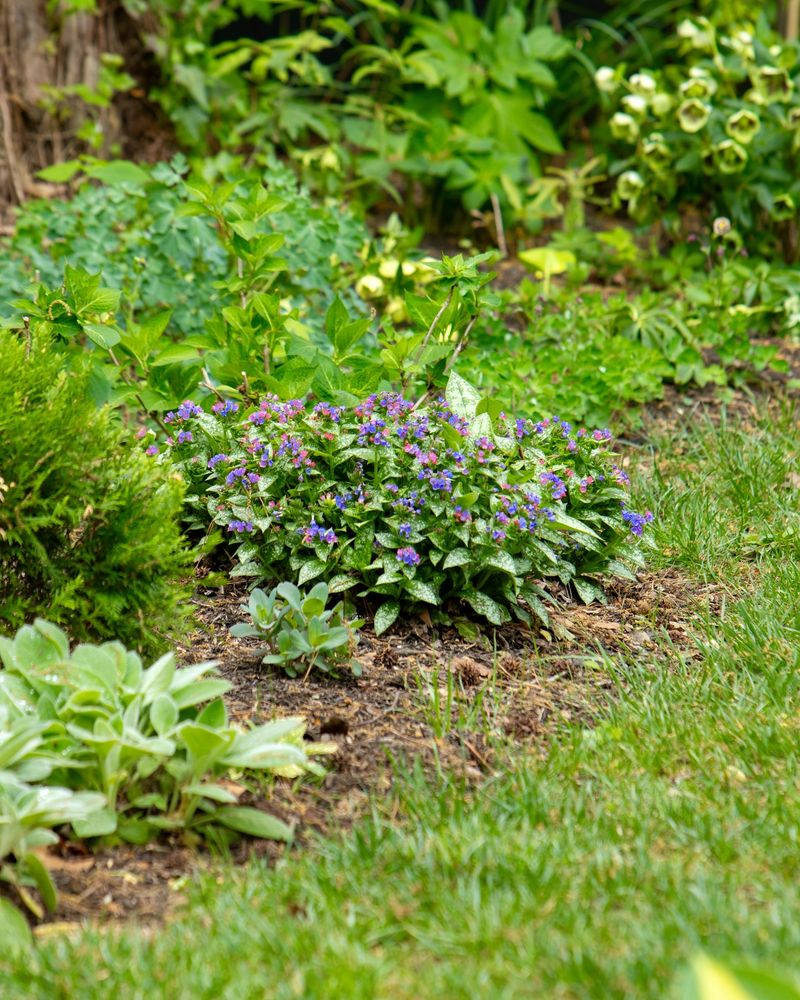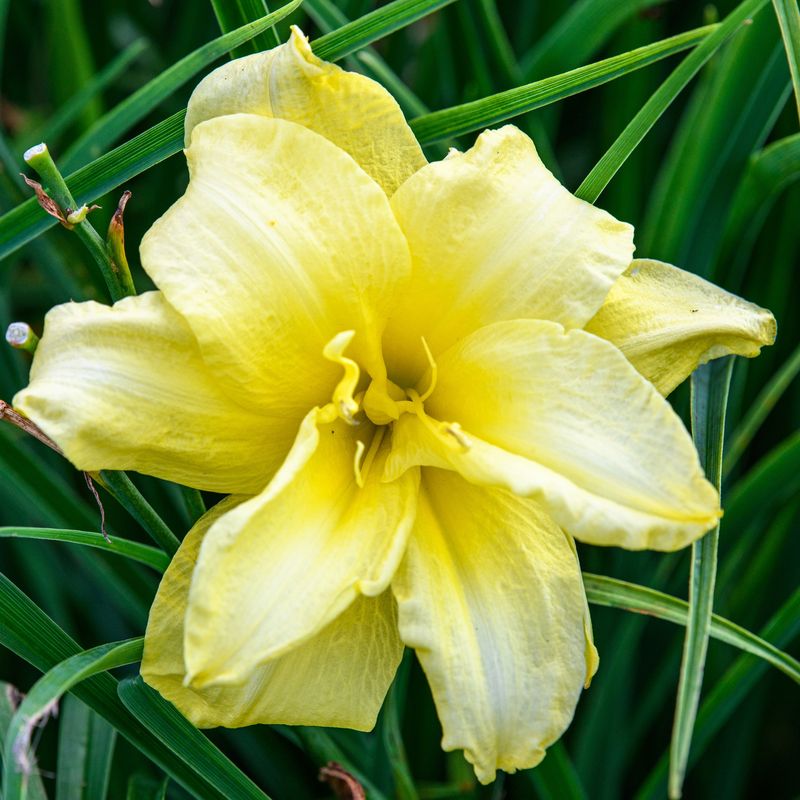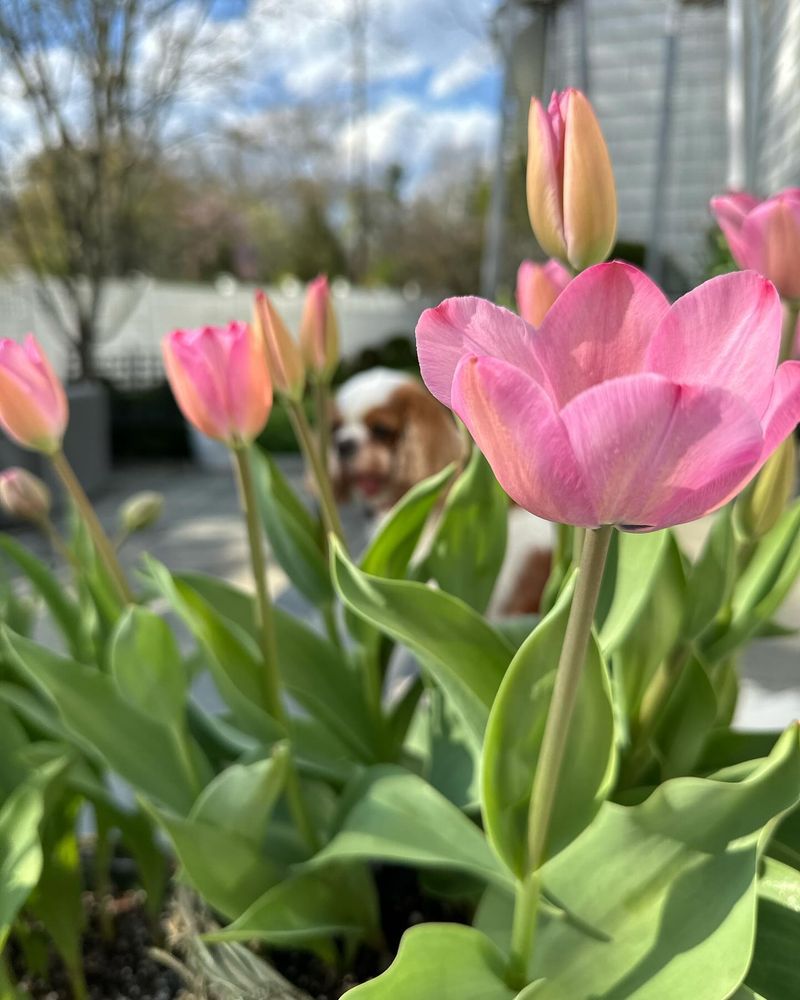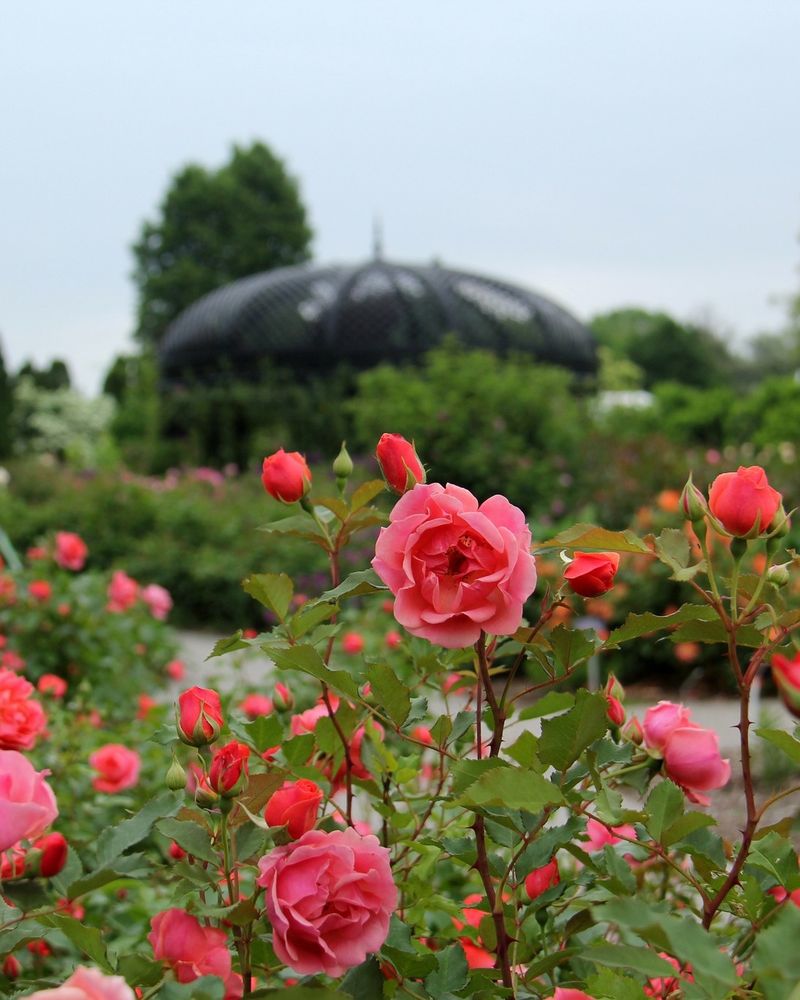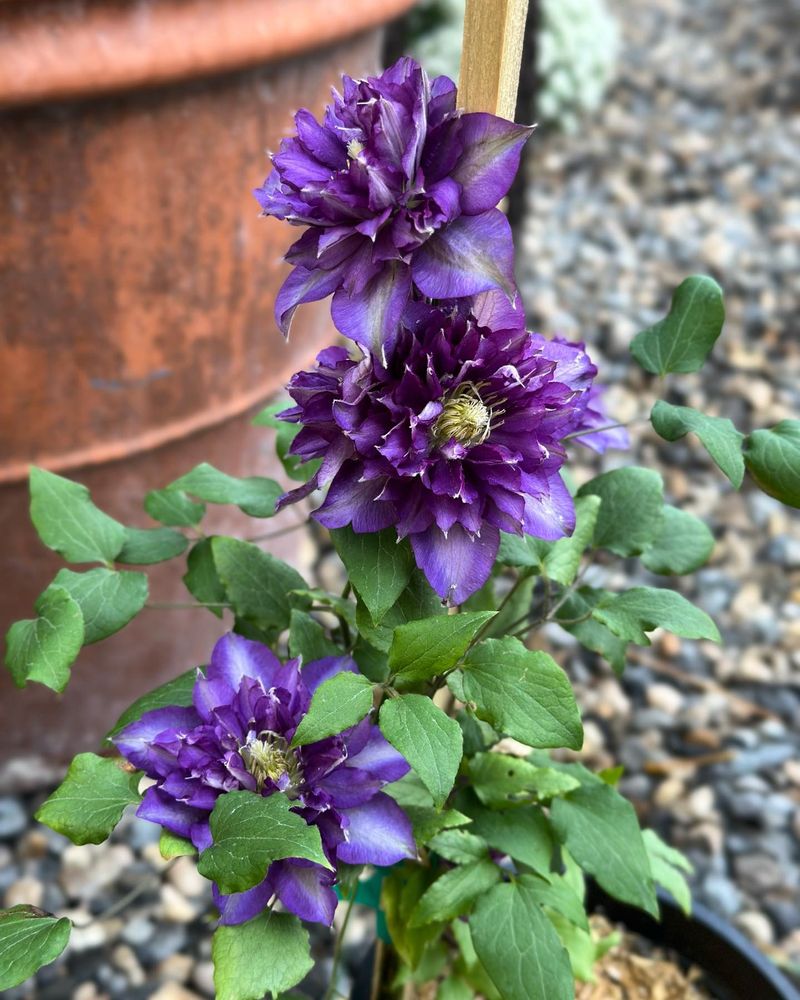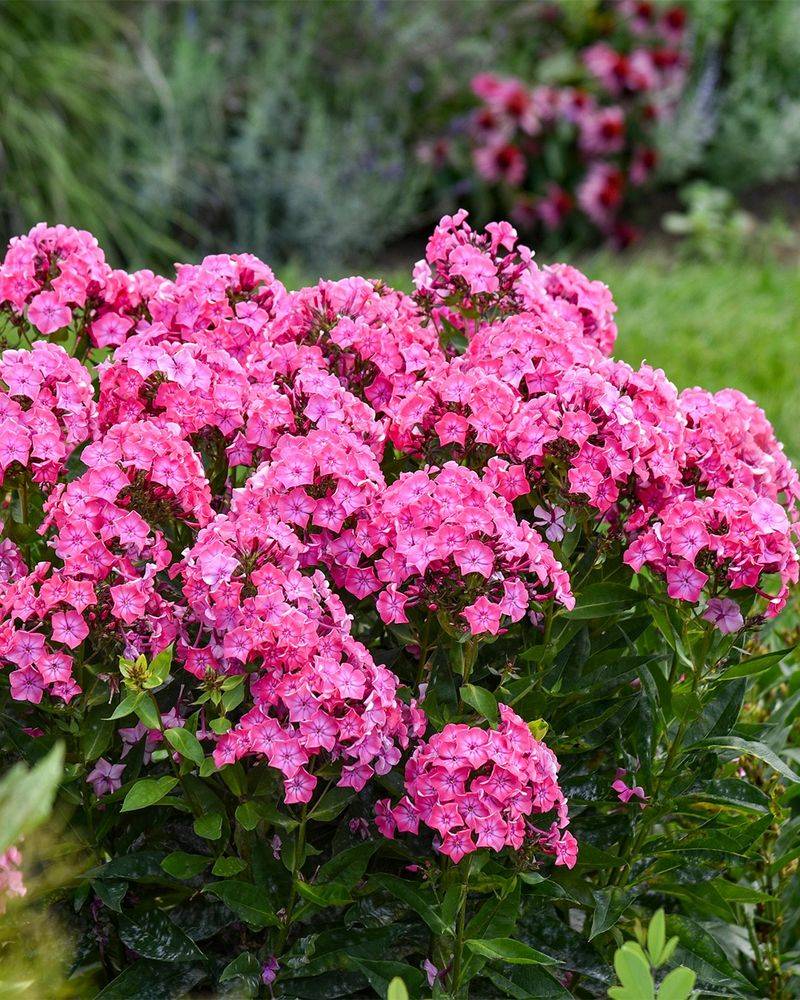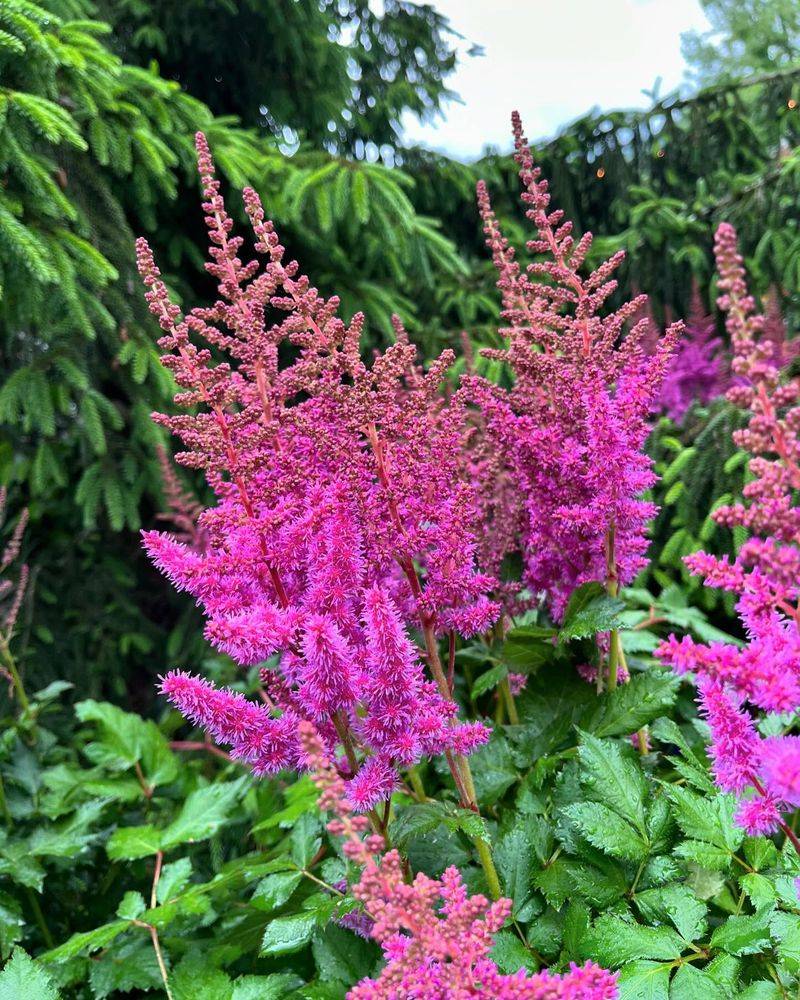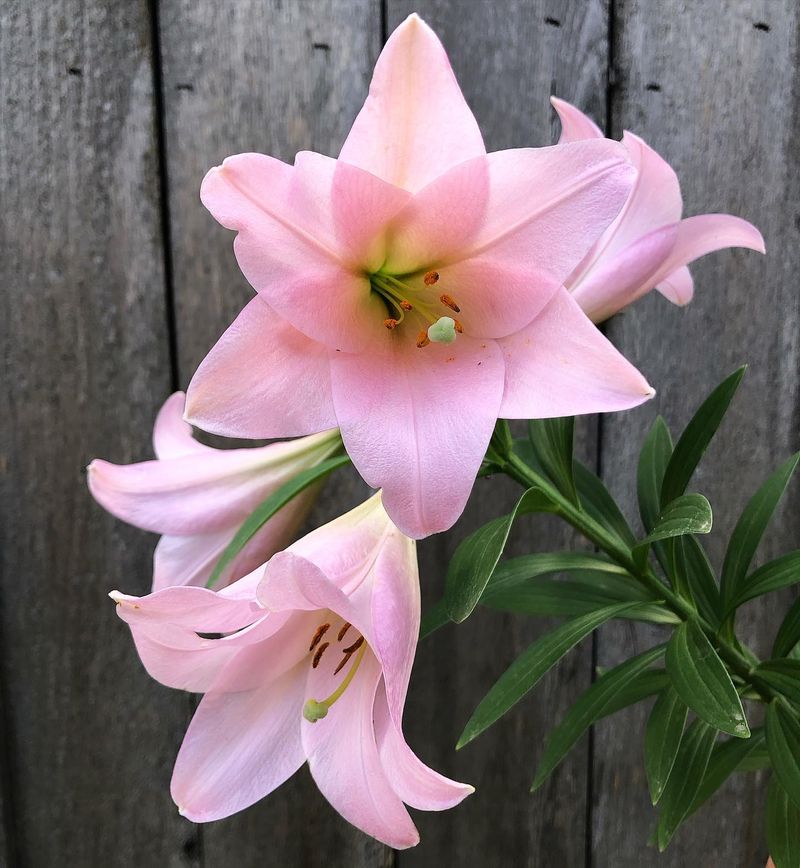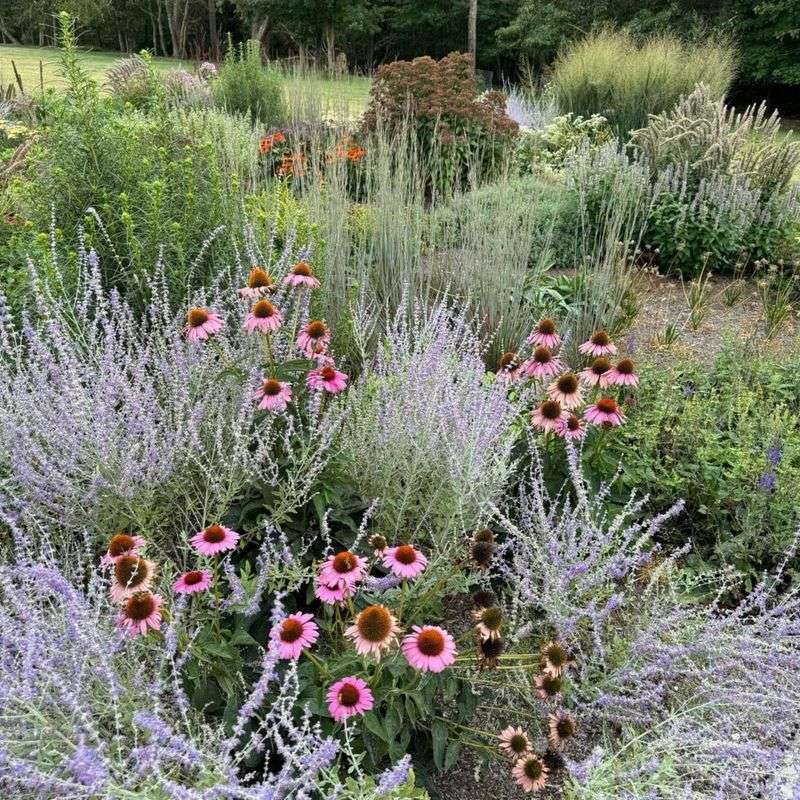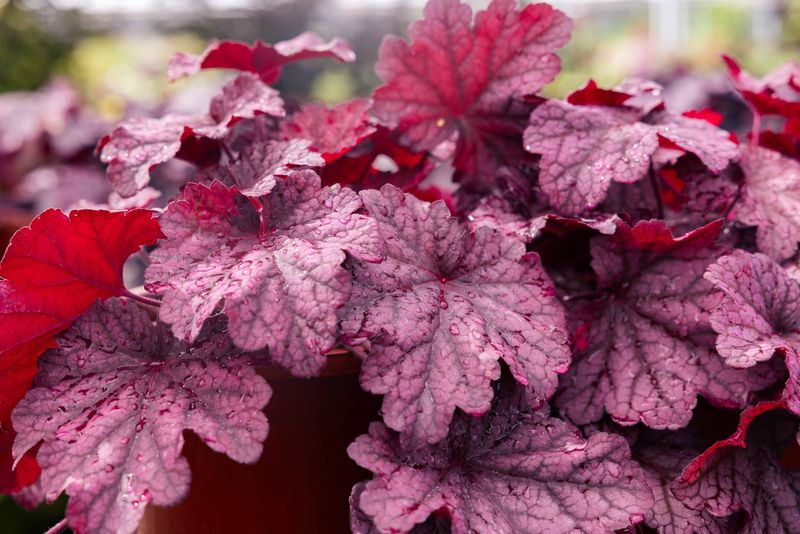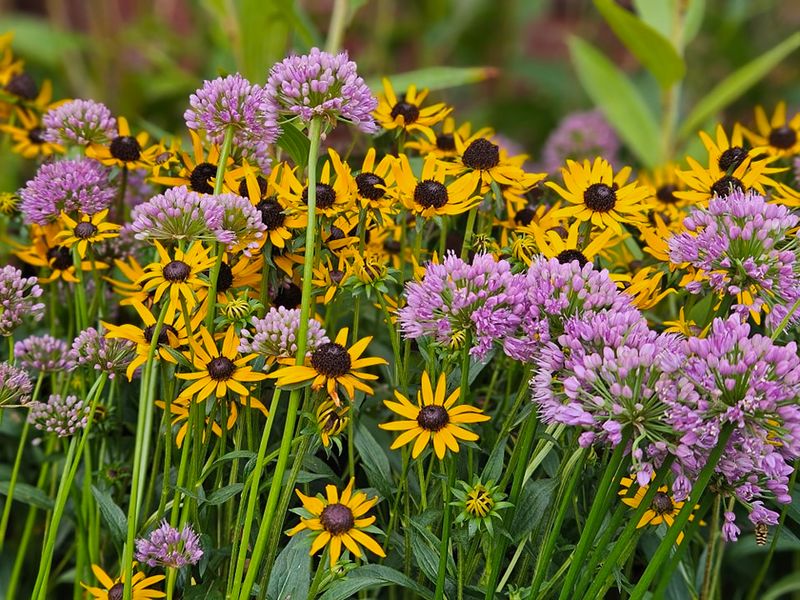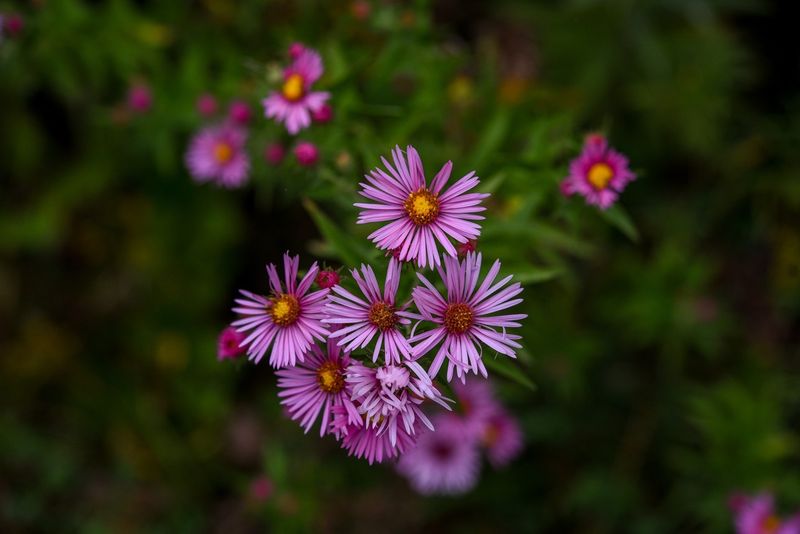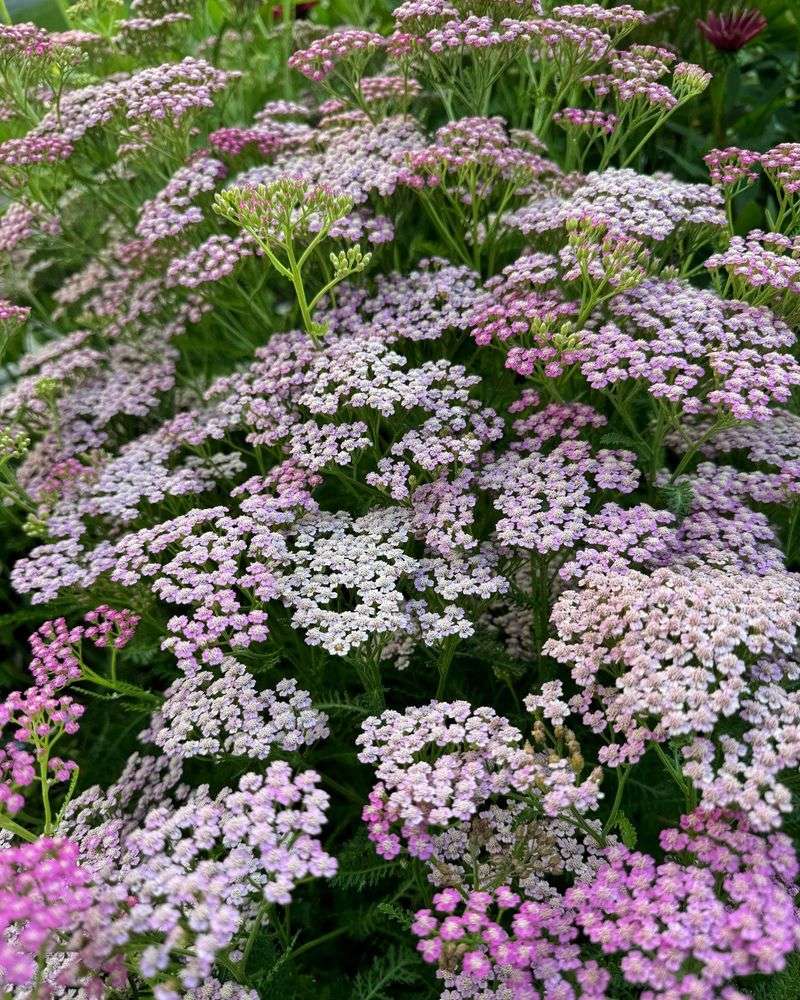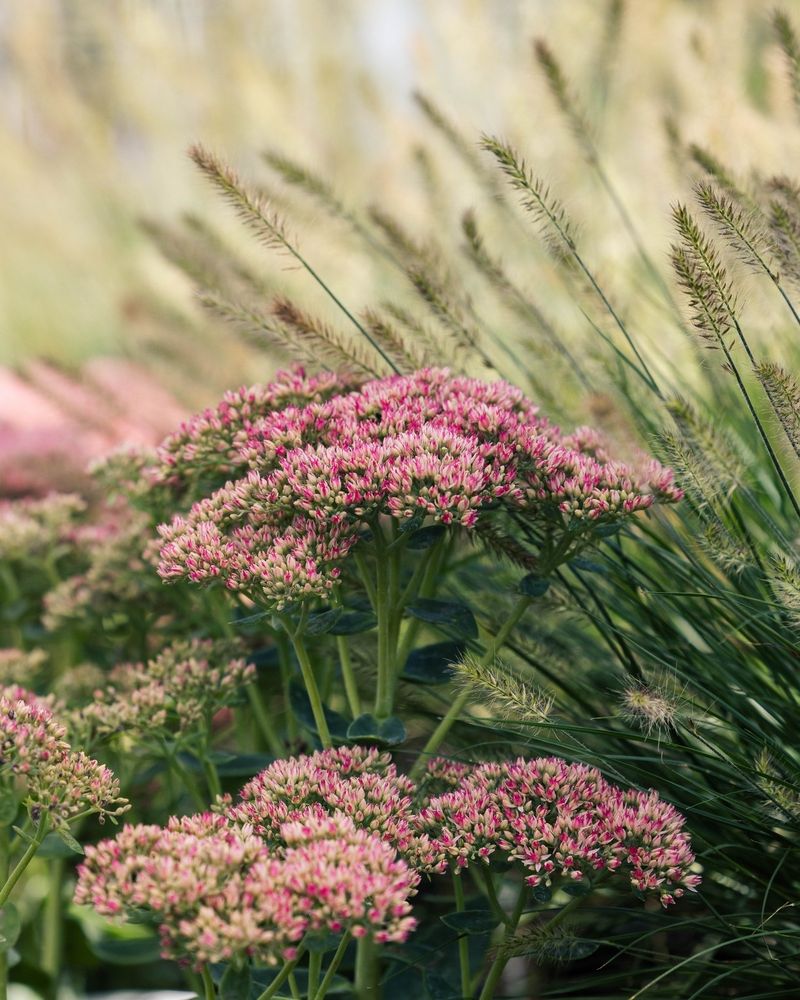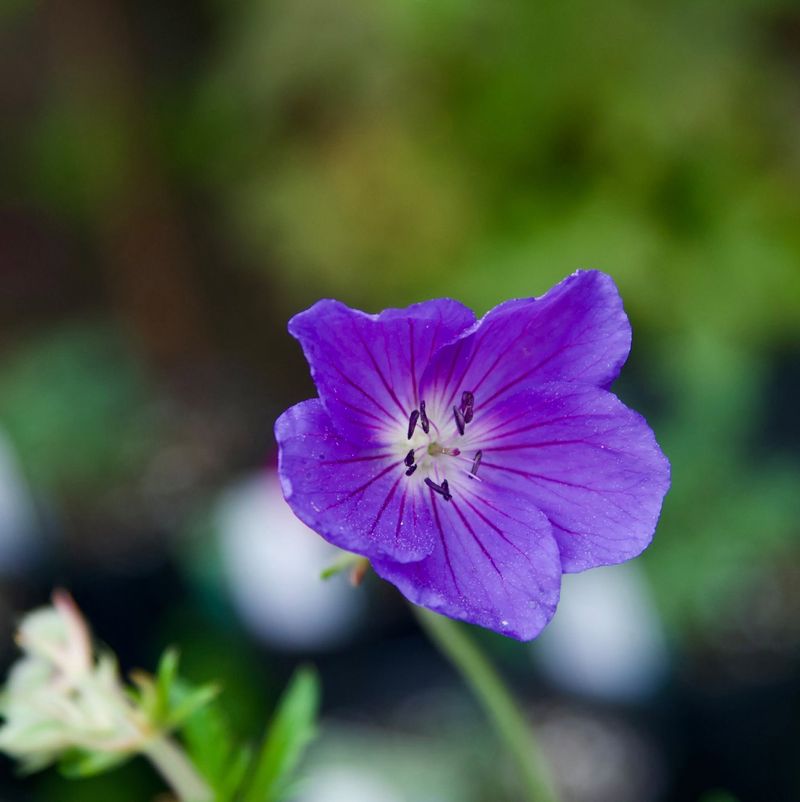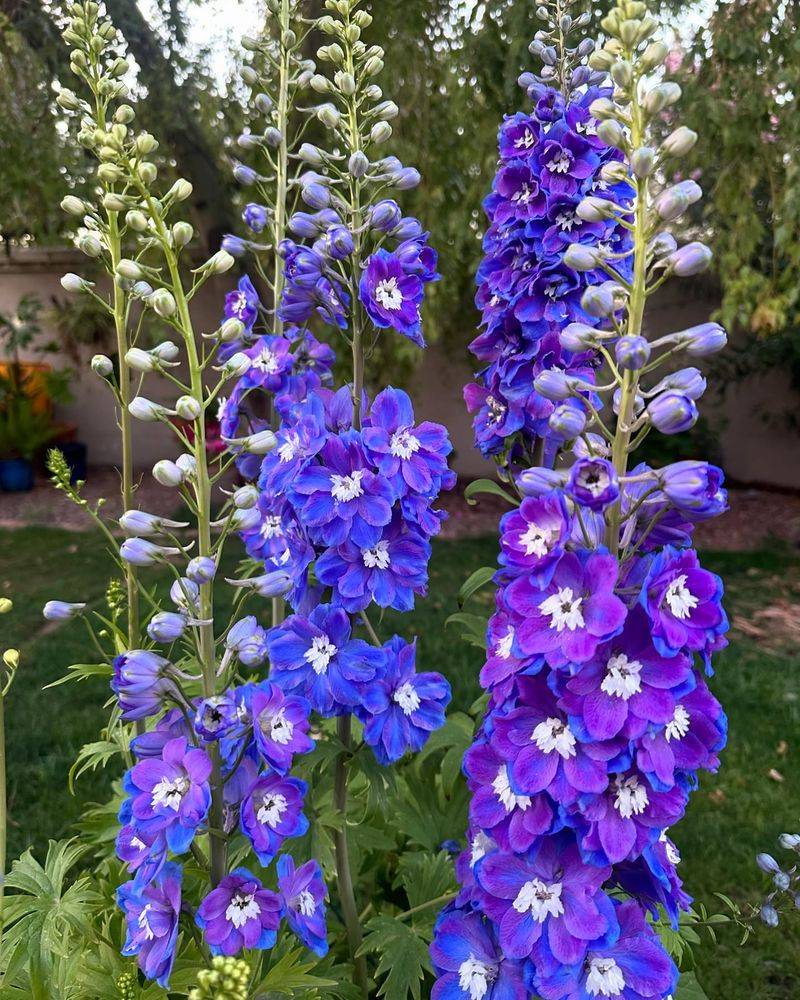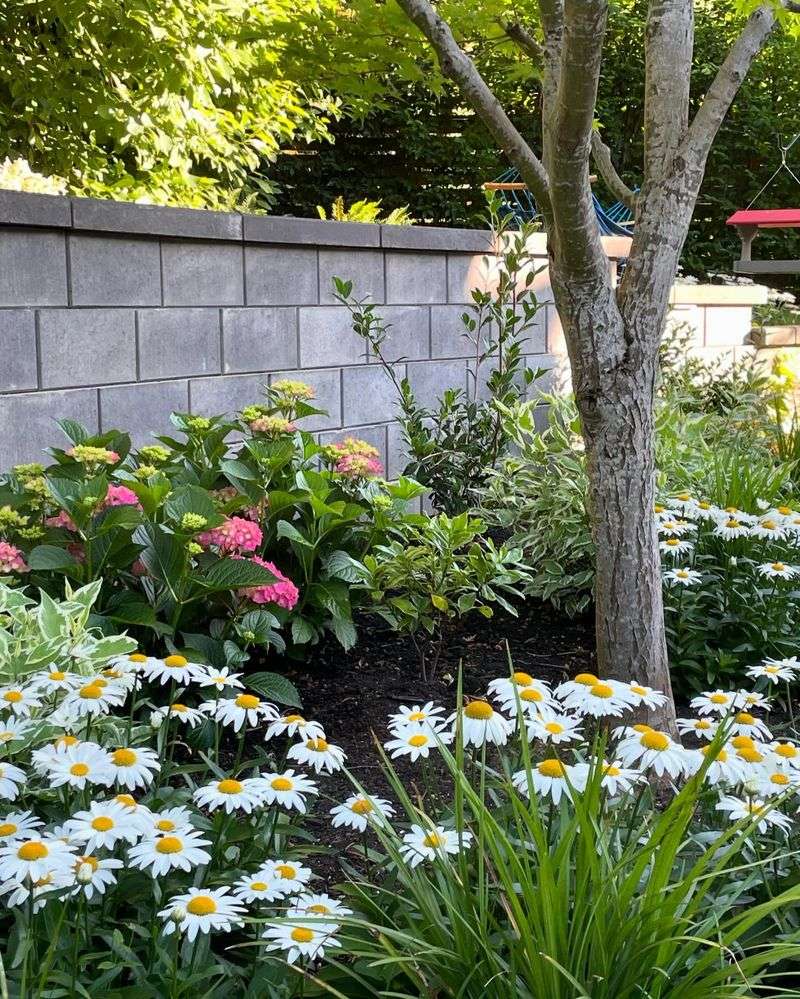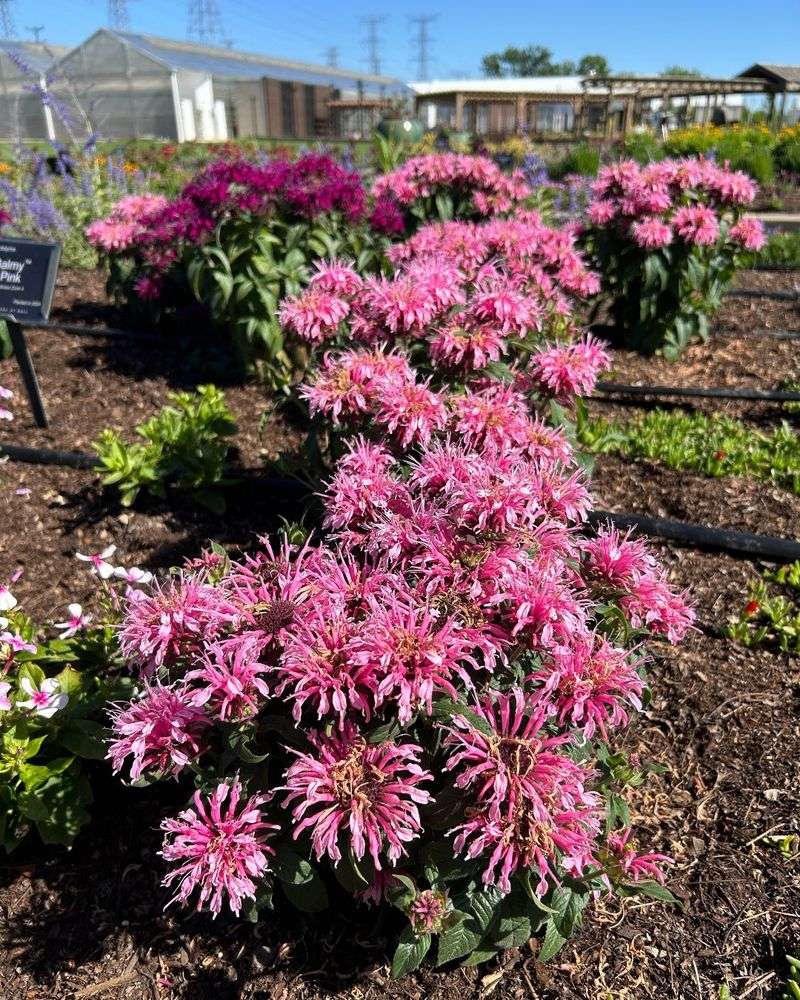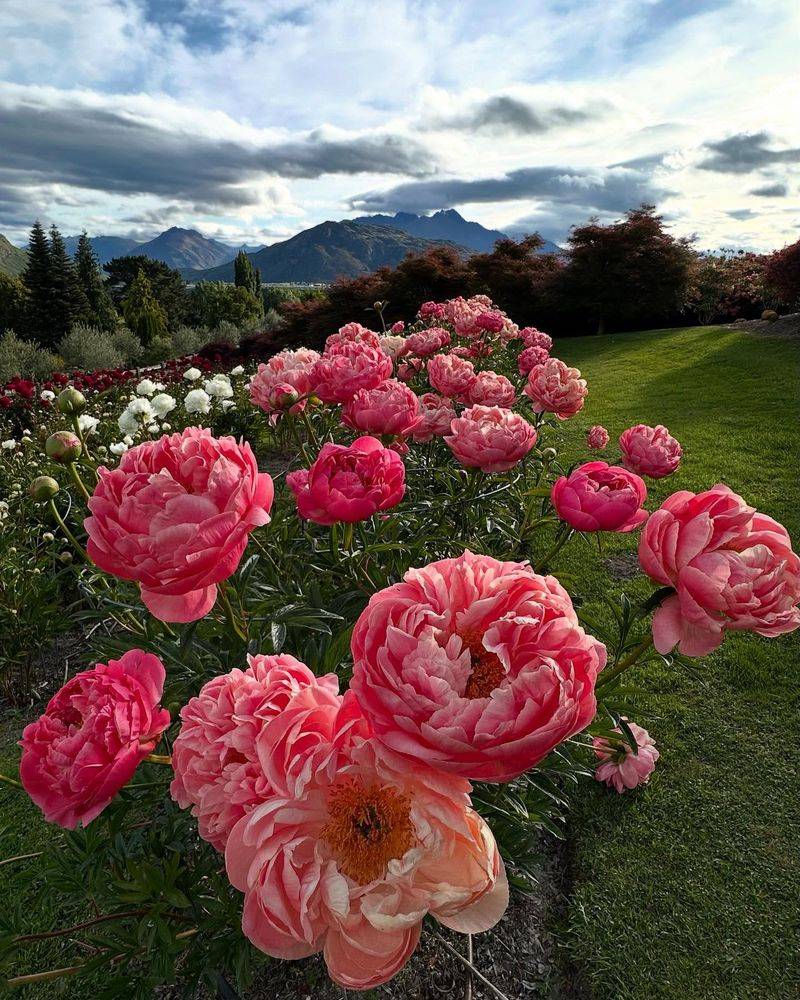If you’ve ever stepped outside to admire your garden only to find half your plants gone—yeah, I’ve been there.
Deer might look sweet, but they’ve got a serious appetite for the prettiest, most delicate flowers around. I’ve lost more than a few favorites to their late-night snacking.
Some perennials just seem to call out to them like an open buffet. If you’re tired of playing deer roulette, here are the plants they can’t seem to resist.
1. Hostas
Gardens across America mourn the loss of these shade-loving favorites every season. Hostas with their lush, broad leaves might as well have a flashing neon sign that says ‘Eat Me’ to hungry deer. Their succulent foliage provides both hydration and nutrition, making them an irresistible deer salad bar.
Deer especially favor the tender new growth that emerges in spring, often leaving nothing but stems behind. Many gardeners have awakened to find their prized collection reduced to stubby stalks overnight.
2. Daylilies
Sunlight dances across garden beds where these popular perennials should be blooming. Daylilies rank high on the deer buffet menu, with their tender buds and flowers often vanishing before they fully open.
Garden enthusiasts often feel particularly betrayed since these plants are typically promoted as ‘easy-care’ options.
Hungry herds particularly enjoy the flower buds, creating a frustrating situation where plants grow beautifully until just before they bloom.
Morning garden walks frequently reveal nothing but stems where promising buds appeared the previous evening, leaving gardeners disappointed and deerless.
3. Tulips
Spring gardens lose their most colorful members when deer discover tulip plantings. Few sights disappoint a gardener more than emerging tulip leaves chewed to the ground or, more cruelly, stems left standing with the flower heads neatly removed. Many gardeners liken it to finding presents unwrapped before Christmas morning.
Red and yellow varieties seem particularly enticing to these four-legged flower enthusiasts. Deer have been known to ignore other spring bulbs while methodically consuming every tulip in sight, showing remarkable selectivity in their botanical tastes.
4. Roses
Morning dew still clings to leaves where magnificent blooms should be standing tall. Roses, particularly the hybrid tea varieties with their tender new growth, provide deer with a gourmet dining experience. Gardeners often discover their prized specimens with stems stripped of leaves and buds mysteriously vanished overnight.
Thorns offer surprisingly little protection against determined deer. Even rose varieties marketed as deer-resistant eventually fall victim when food becomes scarce in late winter or during droughts.
Watching a carefully tended rose garden become deer food can be heartbreaking for dedicated rosarians who’ve invested years in cultivating perfect specimens.
5. Clematis
Garden trellises stand bare where cascading flowers should create vertical drama. Clematis vines offer deer a perfect browsing height buffet, with their tender new shoots and leaves providing an irresistible snack.
Gardeners often feel particularly frustrated since these plants take years to establish before reaching their full flowering potential.
Damage typically appears as a clean cut on stems rather than ragged edges. Hungry visitors frequently consume newly emerging growth in spring, effectively stopping the season’s flowering before it begins.
6. Phlox
Colorful summer borders lose their stars when deer discover garden phlox. Tall garden varieties with their fragrant blooms seem particularly tempting, with deer often eating the flower buds before they can open. Garden centers rarely warn buyers about this vulnerability when selling these summer-blooming classics.
Entire plantings can disappear overnight in areas with high deer pressure.
Creeping phlox varieties fare somewhat better than their taller cousins but still suffer significant damage in spring.
Gardeners in deer-prone areas often report that phlox acts as a reliable indicator of deer presence – if it survives, the deer haven’t found your garden yet.
7. Astilbe
Shady corners lose their feathery plumes when hungry deer wander through. Astilbe, with its delicate ferny foliage and soft flower spikes, provides a tempting salad for browsing deer.
Garden designers rarely consider this vulnerability when recommending these shade garden staples for woodland settings – precisely where deer are most likely to roam.
Damage typically begins with the tender new growth in spring. Gardeners often notice the characteristic clean-cut stems where deer have neatly removed the top growth with their sharp incisors.
Despite their somewhat fuzzy texture, which deters some pests, deer seem completely unbothered and happily munch away at these shade garden favorites.
8. Lilies
Summer evenings should be perfumed by these stately blooms, but deer often ensure gardens stay fragrance-free. Lilies represent a particular favorite for browsing deer, who consume everything from emerging shoots to developed buds with equal enthusiasm. Garden centers continue selling these bulbs without warning about their irresistibility to deer.
Oriental and Asiatic varieties seem equally appealing to four-legged garden visitors. Gardeners frequently discover nothing but bare stems where magnificent blooms should be developing, with deer showing remarkable ability to target lily buds even in mixed plantings.
The most heartbreaking damage occurs just before flowering, when plants have invested months of growth only to become deer snacks.
9. Coneflowers (Echinacea)
Native plant enthusiasts often feel betrayed when deer target these pollinator-friendly perennials. Coneflowers, despite their slightly bristly texture, rank surprisingly high on the deer menu, particularly the newer varieties with larger, more colorful blooms.
Damage typically focuses on flower buds and newly opened blooms. Deer seem particularly fond of the tender central cone before it hardens, leaving gardeners with stems topped by ragged remains where stunning flowers should be.
Even established plantings can be severely weakened by repeated browsing, eventually disappearing from gardens in high-pressure deer areas.
10. Coral Bells (Heuchera)
Colorful foliage disappears overnight when deer discover these shade garden favorites. Coral bells, prized for their vibrant leaves in shades from purple to chartreuse, provide an irresistible salad bar for browsing deer.
Garden designers rarely account for this vulnerability when recommending these plants for their season-long color impact.
New varieties with larger, more tender leaves seem particularly susceptible to damage. Gardeners often discover plants reduced to nubs after a deer visit, with the characteristic clean-cut stems that indicate deer browsing rather than insect damage.
Despite their sometimes ruffled or hairy texture, which deters some pests, deer seem completely undeterred by these protective features.
11. Black-Eyed Susans (Rudbeckia)
Summer meadow gardens lose their golden glow when deer develop a taste for these native favorites. Black-eyed Susans, despite their slightly hairy leaves, provide a surprisingly appealing meal for hungry deer, who seem particularly attracted to the flower buds and new growth.
Damage often appears as neatly trimmed stems where flowers should be developing. Established plantings might recover from browsing but produce fewer flowers that season, disappointing gardeners who planted them for summer-long color.
Large drifts of rudbeckia can disappear remarkably quickly when deer discover them, leaving gaps in carefully planned perennial borders.
12. Asters
Fall gardens lose their finale when deer discover these late-season bloomers. Asters, with their starry flowers in shades from purple to pink, seem particularly appealing to deer as other food sources diminish in autumn.
Damage typically becomes evident when plants should be forming buds but instead show the telltale clean cuts of deer browsing.
Many gardeners have experienced the disappointment of nurturing plants all season only to have them disappear just before their autumn display. The timing feels particularly cruel, as these late-season flowers should provide the garden’s final colorful hurrah.
13. Yarrow (Achillea)
Garden myths crumble when deer prove their appetite for supposedly deer-resistant plants. Yarrow, despite its aromatic foliage and reputation for deer resistance, often falls victim to hungry herds, particularly the newer varieties with larger flowers and more tender foliage.
Garden writers continue perpetuating the myth of yarrow’s deer resistance despite contrary evidence from frustrated gardeners.
Damage typically focuses on the flower stems and buds rather than the ferny foliage. Deer seem particularly attracted to the tender growth that emerges in spring, often consuming entire flower stalks before they can bloom.
Even the traditional species with more pungent foliage becomes fair game when deer face limited food options.
14. Sedum
Succulent specialists often feel betrayed when deer target these supposedly resilient plants. Sedum, particularly the upright varieties with their broad, juicy leaves, provide deer with both hydration and nutrition in one convenient package.
Garden centers frequently include these in “deer-resistant” collections, setting gardeners up for disappointment.
Tall varieties like ‘Autumn Joy’ suffer most frequently from browsing. Deer typically consume the tender growing tips in spring, resulting in stunted plants that may still grow but lack their characteristic form and abundant flowers.
Low-growing types fare somewhat better but still disappear in gardens with heavy deer pressure, especially during drought when their moisture content becomes particularly attractive.
15. Geraniums (Cranesbill)
Garden borders lose their reliable performers when deer discover hardy geraniums. Cranesbill geraniums, despite their slightly scented foliage, provide an appealing meal for browsing deer, particularly the newer hybrids with larger, more succulent leaves.
Garden designers rarely account for this vulnerability when recommending these plants as reliable ground covers.
Damage often appears as ragged edges where deer have nibbled rather than the clean cuts seen on other perennials. Even established plantings can be severely weakened by repeated browsing, creating bare patches in what should be a flowing ground cover.
Spring growth seems particularly appealing to hungry deer emerging from winter with depleted food sources.
16. Delphinium
Cottage gardens lose their vertical drama when deer develop a taste for these stately perennials. Delphiniums, with their tall flower spikes and palmate leaves, provide a gourmet meal for browsing deer despite their reputation for toxicity.
Garden literature rarely addresses this vulnerability when promoting these plants for their impressive height and colorful blooms.
Damage typically occurs as plants are developing their flower spikes. Gardeners often discover promising spring growth suddenly decapitated overnight, leaving nothing but stems where magnificent blooms should develop.
The tall growth habit places the tender parts at perfect browsing height for deer, making these plants particularly vulnerable in unfenced gardens.
17. Shasta Daisies
Sunny borders lose their cheerful faces when deer discover these classic perennials. Shasta daisies, with their bright flowers and tender leaves, provide an appealing browse for hungry deer despite their somewhat bitter sap.
Garden centers continue promoting these as carefree perennials without mentioning their appeal to four-legged garden visitors.
Damage often appears just as flower buds begin forming. Many gardeners have experienced the disappointment of watching promising plants reduced to stems overnight, with the characteristic clean cuts that indicate deer rather than insect damage.
Even established clumps can be severely weakened by repeated browsing, eventually disappearing from gardens in high-pressure deer areas.
18. Columbine (Aquilegia)
Woodland gardens lose their dancing flowers when deer develop a taste for these delicate natives. Columbines, with their ferny foliage and unique spurred blooms, provide an irresistible snack for browsing deer despite containing compounds mildly toxic to humans.
Damage typically begins with the tender new growth in spring. Gardeners often discover emerging leaves and flower buds neatly removed overnight, with little evidence remaining of the promising plants that appeared days earlier.
Even well-established plants can be severely weakened by repeated browsing, eventually disappearing from gardens where deer pressure remains high.
19. Bee Balm (Monarda)
Pollinator gardens lose their star attractions when deer discover these aromatic perennials. Bee balm, despite its minty fragrance that deters some pests, provides a surprisingly appealing meal for browsing deer, who seem undeterred by the strong scent.
Damage typically appears in late spring as plants are developing. Gardeners often notice the characteristic clean cuts where deer have removed growing tips and flower buds, effectively eliminating the season’s bloom display.
Even established clumps can be severely weakened by repeated browsing, creating bare spots in what should be a pollinator paradise.
20. Peonies
Family gardens lose their heirloom treasures when deer develop a taste for these long-lived perennials. Peonies, particularly as they’re developing their fat flower buds in spring, provide an irresistible treat for browsing deer despite their ant partnerships.
Garden lore rarely mentions this vulnerability when celebrating these plants as century-spanning garden inhabitants.
Damage proves particularly heartbreaking on mature specimens. Gardeners often discover promising buds that have been developing for weeks suddenly vanished overnight, leaving nothing but stems where magnificent blooms should appear.
The timing feels especially cruel, as these plants flower for such a brief period each year and require such patience to establish.

